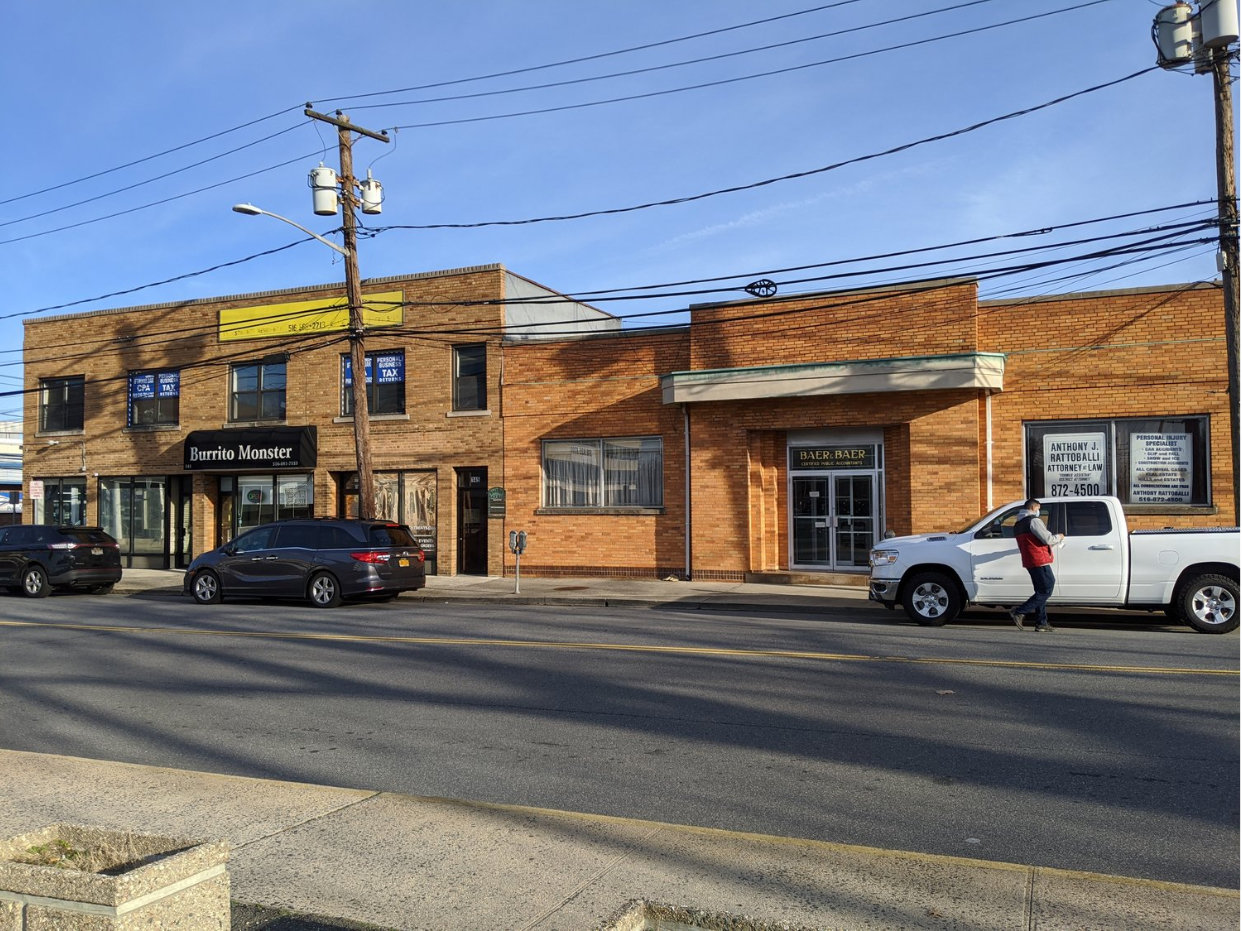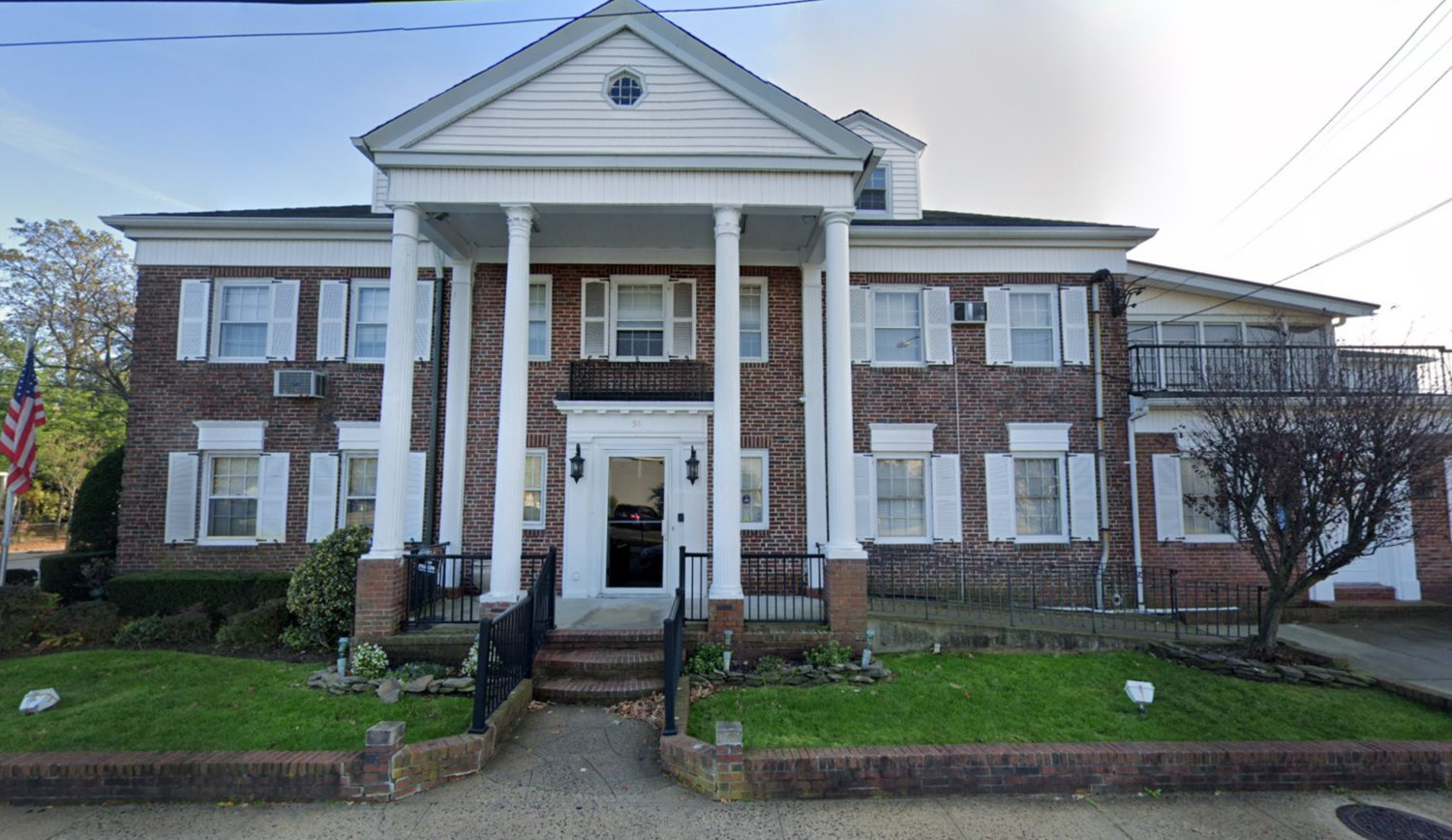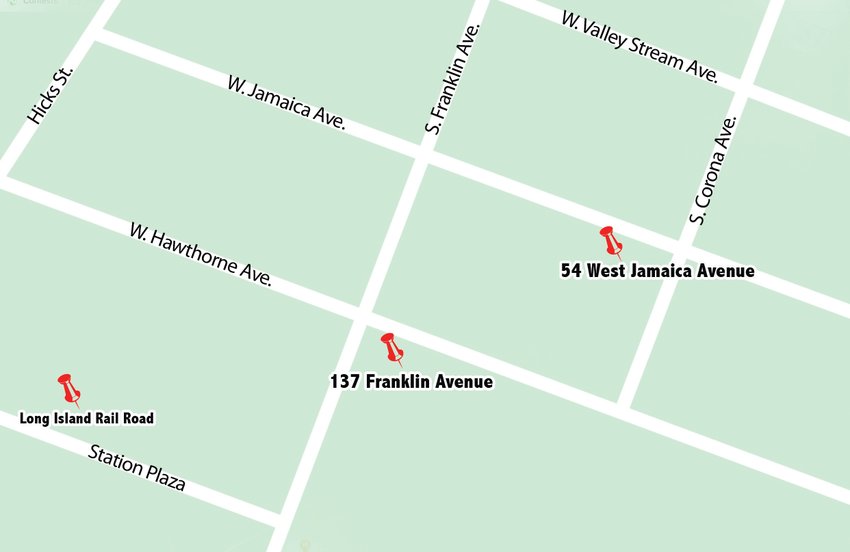Residents say new apartment projects will ruin their suburbs
For years, whenever she looked across the street from her home at 54 W. Jamaica Ave., Natalie Ormeno had a clear view of the Moore Funeral Home. The building was a fixture of her childhood, and the place where her mother worked for 40 years before it closed earlier this year.
Now the empty 20,000-square-foot structure and the house next door will be razed to make way for the construction of a five-story, multi-family apartment complex with 63 units and a first-floor parking lot with 58 spaces.
And on the opposite side of the block, at 137-147 S. Franklin Ave., a mostly abandoned strip of commercial storefronts and offices will also be torn down, and replaced by a four-story, 35-unit apartment complex.
New apartments are coming to the neighborhood, but Ormeno and her neighbors are not pleased. She said she would miss the Moore Funeral Home. “It’s just a lot,” she said. “I think it’ll be too much: too much traffic, too crowded, and my daughter plays around here. I like living around houses. I don’t want to live around apartments.” The building in the works will dwarf the houses around it, and, she said, “The worst part is going to be the construction.”
“I’m not happy about this,” said neighbor Danuta Grygierczyk. The development will bring more traffic and parking problems, she said, and parking is already at a premium for people living in nearby apartments.
As for the construction at the Moore Funeral Home, “We’d have less to complain about if the apartment was no higher than the funeral home, like three stories,” said Grygierczyk’s husband, Ryszard, “but not a five-story building with a terrace. This is not supposed to be the city.”
These apartment projects are “all money for the village, but nobody cares about the residents,” Ryszard further added. “We have friends in Lynbrook and East Rockaway with the same issue,” where developers bring large buildings into residential areas and local boards “don’t care about the residents’ opinions.”
His wife said she had attended the first public hearing on the zoning change on West Jamaica Avenue, and while she was glad to hear one or two residents voice opposition, when she heard the overwhelming approval by the board for these developments, she said, she knew it would be impossible to dissuade them.
The Village of Valley Stream’s community and economic development team, composed almost exclusively of village employees, has hailed such development projects as an investment that will revitalize the Long Island Rail Road station and the downtown area. But the common fear among homeowners is that development on this scale will worsen traffic, reduce available parking, harm property values and sully the character of the suburbs.
The increase in the number of apartment complexes over the past decade reflects local village boards’ effort to address the housing crisis on Long Island by luring new residents without displacing established ones. But a renewed push away from the city and toward the suburbs, coupled with a housing shortage on Long Island, have sent housing prices skyward.
People are searching for more affordable housing options, according to Eric Alexander, president of the sustainable downtown development organization Vision Long Island. Diversifying the housing mix, and adding multi-family apartments, Alexander said, could help create more vibrant and equitable communities. Rather than encroaching on the suburban way of life, these projects might actually help preserve it.
And transit-oriented developments, like the one on South Franklin Avenue, bring significant environmental benefits, because residents are more prone to walk, bike and take the train, which helps reduce greenhouse gas emissions, Alexander said.
He further explained that on the economic side, “…people who live in developments are more prone to spend their dollars locally… Because several stores in Rockaway’s downtown area are within walking distance from the developments, you’re basically concentrating your buying power on the village’s small business district, so that’s a tremendous benefit for the small business community that quite frankly needs a boost post-coronavirus pandemic.”
As well, these new apartments may prove to be more valuable to the tax base than other forms of property, which in turn can make the village more financially stable. In 2020, the properties that will be razed for the South Franklin Avenue development paid more than $120,000 in school taxes, roughly $23,000 in general taxes and nearly $26,000 in village taxes, according to Nassau County and village tax rolls. The developer, Oyster Bay-based Rand L.I. LLC, estimates that the property will yield roughly $289,000 in property taxes once construction is complete.
“Obviously, if there are more apartments, more people, bigger tax base … it’s beneficial” to the community, said Juan Carlos Bosques, owner of Mr. B’s Cuts on Rockaway Avenue. “We always encourage more young people and families for business — that is the base of our clientele.” But, Bosques added, you also “don’t want life to be too crazy, as in the city.”
Village of Valley Stream officials could not be reached for comment.
Have an opinon about the new apartment projects? Send an email to jlasso@liherald.com

 49.0°,
Fog/Mist
49.0°,
Fog/Mist 









